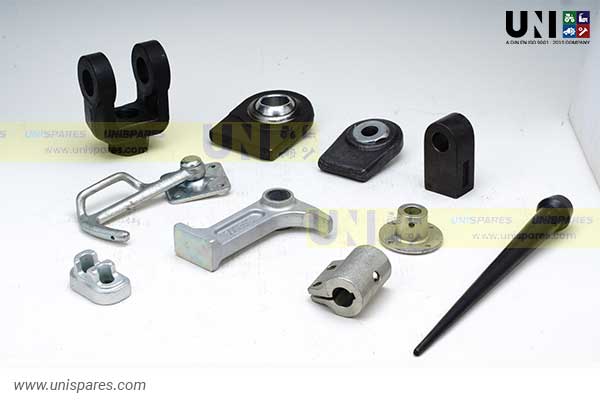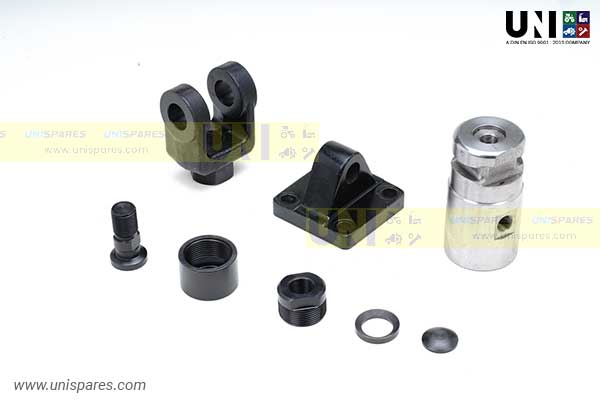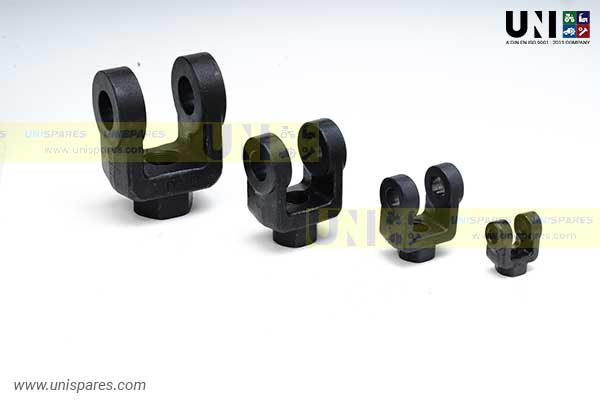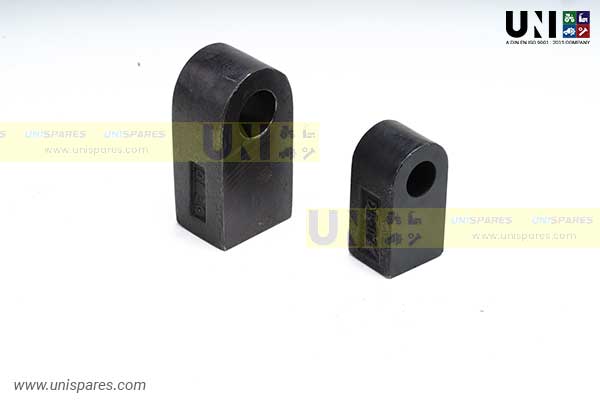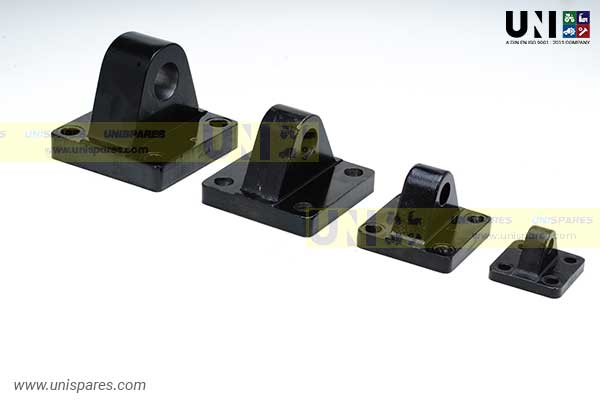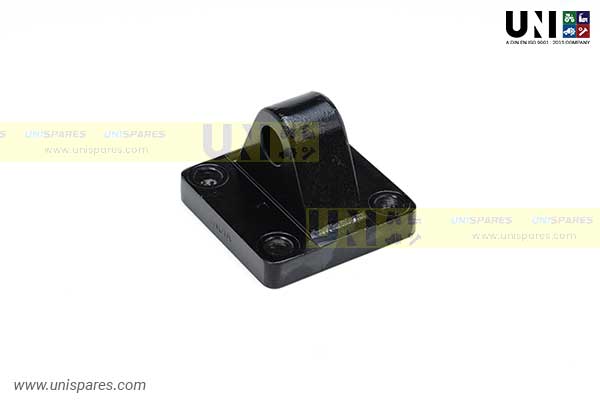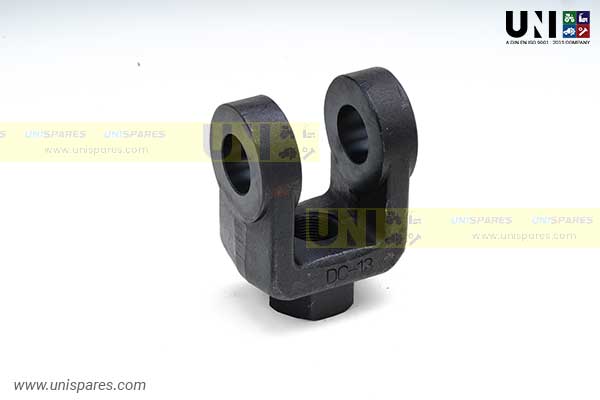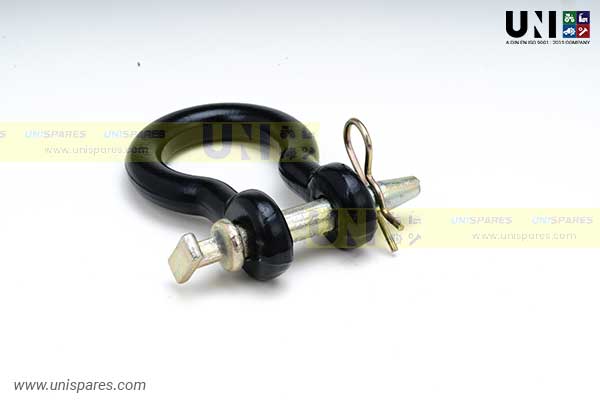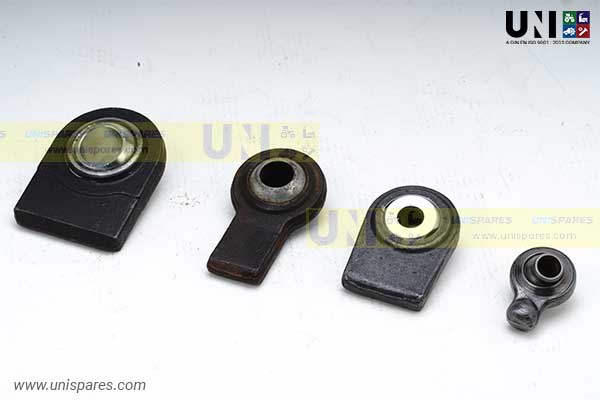Heat Treatment
Unispares India - Heat Treatment
Unispares India has a well-equipped heat treatment facility, which is capable of providing intricate and specific heat treatment in accordance with the client’s requirements. Moreover, all components produced for clients undergo thorough checking and inspection at every level of the process to ensure that the final product meets the required specifications. Our heat treatment unit offers the following support:
Toughening
Among the various heat treatment processes, the most common one is toughening. Its purpose is to increase the hardness of the metal, and it involves subjecting the workpiece to heat at a specific temperature, followed by rapid cooling. Consequently, the resulting metal gains enhanced hardness and strength.
Case hardening
Cases hardening, also known as surface hardening, is another type of hardening process. In this method, only the surface of the metal is subjected to hardening, leaving the deeper layers soft. The outcome is a thin layer of hard metal formed at the surface, providing it with greater hardness.
Carburizing
During this particular heat treatment process, the workpiece is heated in the presence of another material that releases carbon upon decomposition. The released carbon is then absorbed into the surface of the metal upon heating, resulting in a harder surface than the inner core.
Nitriding
Nitriding heat treatment is an effective way to harden the surface of certain metals. By diffusing nitrogen into the surface, this process creates a durable surface that is resistant to both wear and corrosion.

